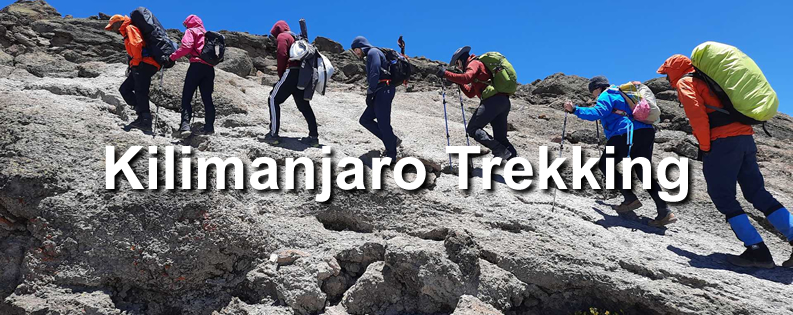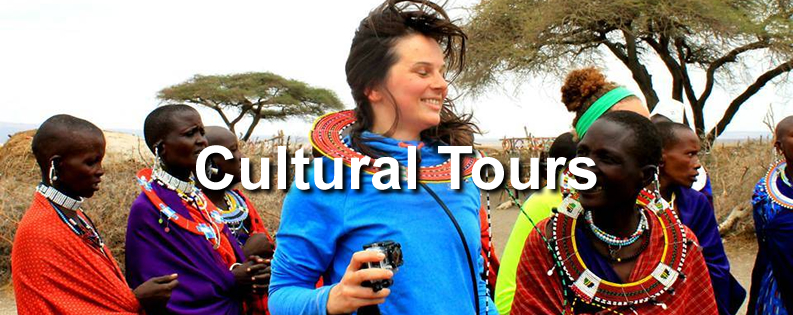Best Practices for Staying Safe in the Wilderness
Introduction: Embracing the Wild with Caution
The great outdoors has a magical way of calling us into its embrace. Whether it’s the whispering winds, the rustling leaves, or the stunning vistas that stretch out before us, spending time in nature can be one of the most rejuvenating experiences. However, while the wilderness offers endless adventure and inspiration, it also comes with its own set of challenges. To fully enjoy the bountiful beauty of the wild, it’s crucial to prioritize safety. In this blog post, we’ll explore the best practices for staying safe in the wilderness, ensuring that your adventures are both thrilling and secure. And remember, if you’re looking to explore the wild landscapes of Tanzania, be sure to book your Tours and Safaris with Authentic Vacations Adventures, your gateway to unforgettable experiences!
Know Before You Go: Research and Planning
Understand Your Environment
Before you embark on your wilderness adventure, it’s vital to research and understand the area you’re visiting. Different environments present different risks—from the deserts of the Sahara to the lush jungles of the Amazon. Familiarize yourself with local wildlife, weather conditions, and any potential hazards such as river crossings or steep terrain. This knowledge will empower you to make informed decisions and prepare accordingly.
Choose the Right Gear
Packing the right gear is essential for safety in the wilderness. Make sure to have the following items:
- Navigation Tools: A map, compass, or GPS device can keep you on the right path.
- First Aid Kit: A well-stocked first aid kit can be a lifesaver in emergencies.
- Appropriate Clothing: Dress in layers and choose moisture-wicking and weather-resistant fabrics to stay comfortable.
- Food and Water Supplies: Always pack enough food and water, and consider bringing a water purification system for longer trips.
Skills for Survival: Learn the Basics
First Aid Knowledge
Knowing basic first aid can make a significant difference in an emergency. Familiarize yourself with how to treat cuts, burns, and insect bites, as well as how to perform CPR. Enroll in a first aid course to equip yourself with these invaluable skills.
Navigation and Orientation
In the wilderness, it’s easy to lose your way. Learning how to read a map and use a compass, as well as being aware of your surroundings, can help prevent you from wandering off course. Practice these skills before your trip and consider taking a navigation course if you’re planning an extended adventure.
Stay Aware: The Importance of Mindfulness
Listen to Your Surroundings
The wilderness is alive with sounds and movements—some pleasant, others potentially dangerous. Stay alert and listen for unusual noises that could indicate wildlife in your vicinity. By being aware, you can take proactive measures to avoid potentially dangerous encounters.
Trust Your Instincts
When exploring the wilderness, always trust your instincts. If something doesn’t feel right, don’t hesitate to turn back or change your plans. Your intuition is a powerful tool that should never be ignored.
Essentials of Emergency Preparedness
Establish a Communication Plan
Before you head out, share your itinerary with a friend or family member. Establish check-in times to ensure someone knows your whereabouts. In case of emergency, this plan can be invaluable in getting help quickly.
Carry an Emergency Beacon
In remote areas, cell service may be sparse. Consider carrying an emergency beacon or satellite phone for reliable communication during critical situations. This can be a lifeline in case of accidents or unforeseen circumstances.
Respect Nature: Leave No Trace
One of the best ways to ensure your safety and the safety of others is to respect the environment. Follow the Leave No Trace principles:
- Plan Ahead: Know the area and comply with regulations.
- Travel and Camp on Durable Surfaces: Stay on marked trails and camp in designated areas.
- Dispose of Waste Properly: Pack out what you pack in, including food scraps and toilet paper.
- Leave Natural and Cultural Features: Take only pictures, leave only footprints.
- Minimize Campfire Impact: Use a stove for cooking and choose established fire rings if necessary.
Conclusion: Adventure Awaits
The wilderness is a playground for the adventurous spirit, offering countless opportunities to explore and connect with nature. By following these best practices for staying safe in the wild, you can embark on your journeys with confidence and peace of mind. Remember, every adventure is enhanced when you prioritize safety, allowing you to fully embrace the beauty that surrounds you.
So, are you ready to take the plunge into the stunning landscapes of Tanzania? Book your Tours and Safaris with Authentic Vacations Adventures, where expert guides and unforgettable experiences await. Let the adventure begin! Happy exploring, and stay safe out there!









